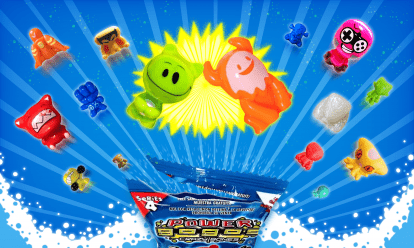
September 3, 2024
The Ultimate Knucklehead’s Guide to GoGo’s Crazy Bones
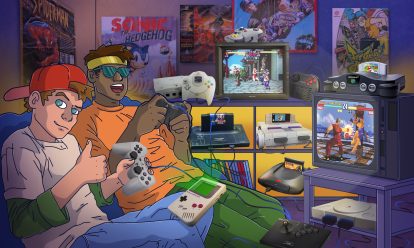
September 13, 2024
8 Game Consoles of the 90s That Defined the Decade
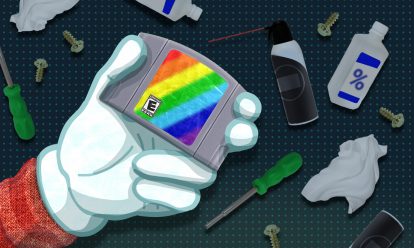
February 28, 2025
The Ultimate Guide to Cleaning Your Dusty N64 Cartridges
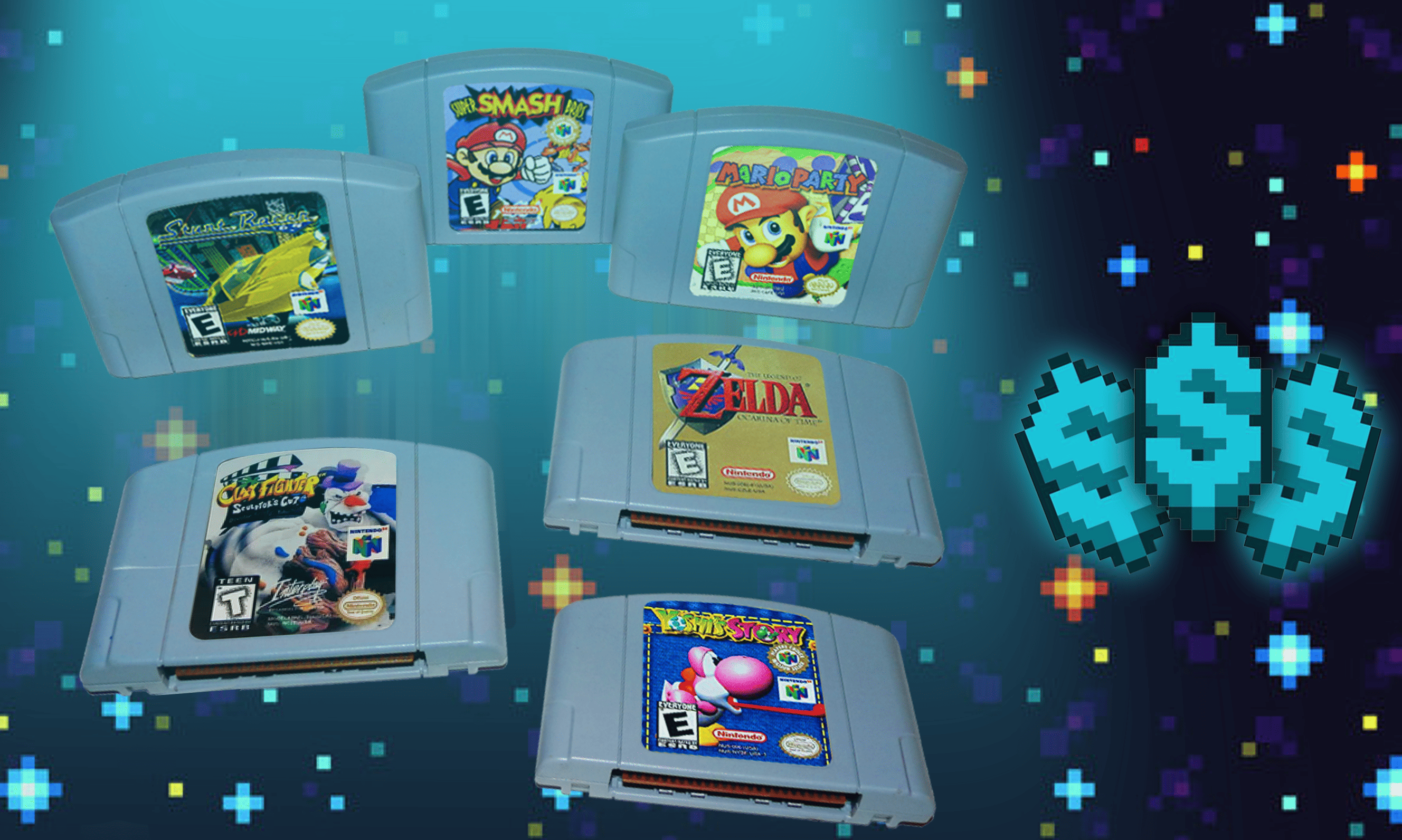
27 years ago, the Nintendo 64 was the pinnacle of Nintendo’s video game offerings. In the 90s, it was a marvel of technology that allowed for some of the most impressive gaming experiences available, showcasing gaming’s evolution from its humble 2D beginnings into the third dimension and revolutionizing the video game world forever. To some (primarily those who are too young to have grown up with a Nintendo 64), it’s kind of silly to view this ancient piece of hardware in this way. It’s nearly three decades old, and modern Nintendo is cranking out mind-boggling experiences like The Legend of Zelda: Tears of the Kingdom on a handheld system. But this one isn’t for the youngins. This list is for the oldies but goodies looking to see if their dust-covered collections are worth anything, or collectors looking for the most valuable cartridges.
Let’s take a look at a handful of the most expensive N64 games on the market today, explore their history and impact on gaming culture, and ultimately find the reasons for their rarity.
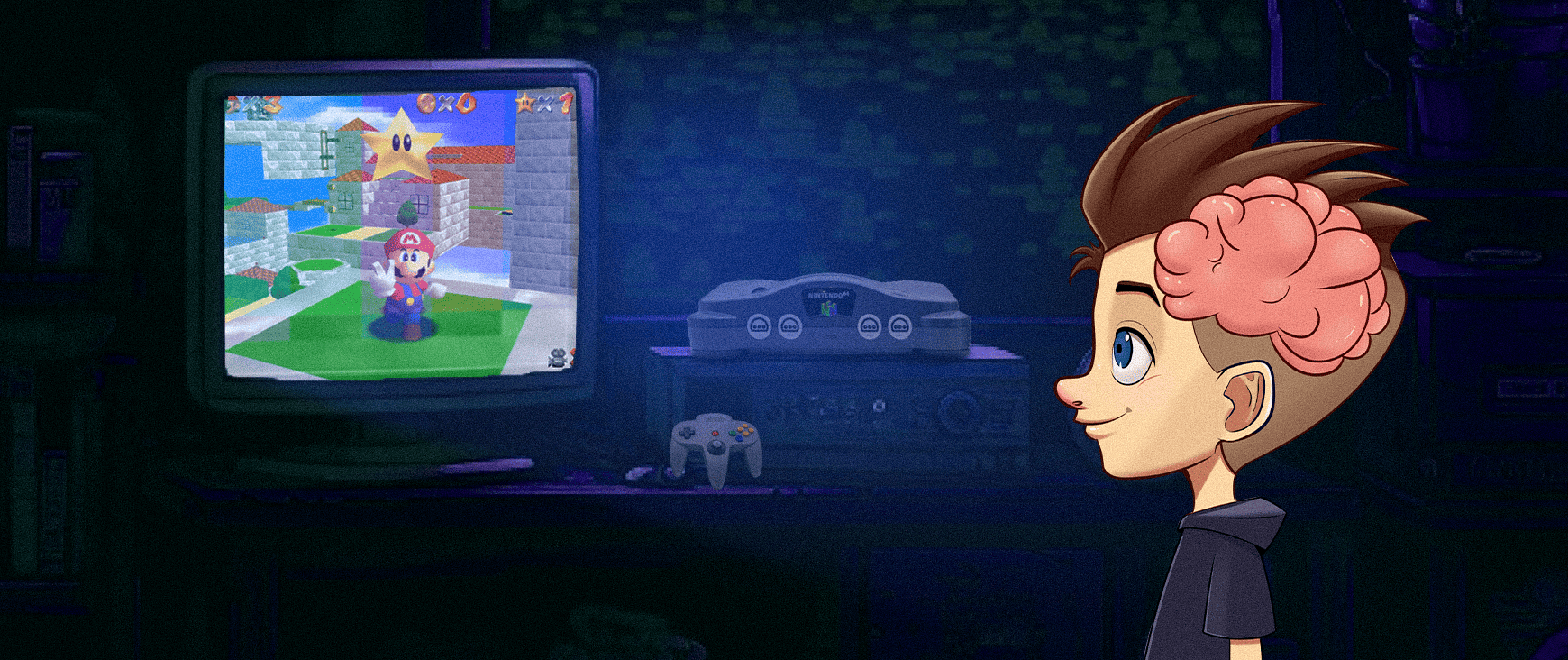
Before we dig into the games, let’s talk a little about why Nintendo 64 games still command such high price tags after so many years. Why do they command a premium even over the most valuable Nintendo games from other eras? Yes, you’re probably thinking it already, so let’s just get it out of the way.
Nostalgia.
It’s the same thing that drives most collectors to extreme lengths for their collections, but allow us to paint you a picture.
It’s a chilly December afternoon in 1999. The turn of the millennium is knocking on your door, but you’re too busy and too young to partake in the anxiety of the time. As you sit in your den, just a little too close to your dad’s 25-inch CRT TV, day turns to night in the real world while you explore Hyrule in The Legend of Zelda: Ocarina of Time.
You didn’t even notice the sunset.
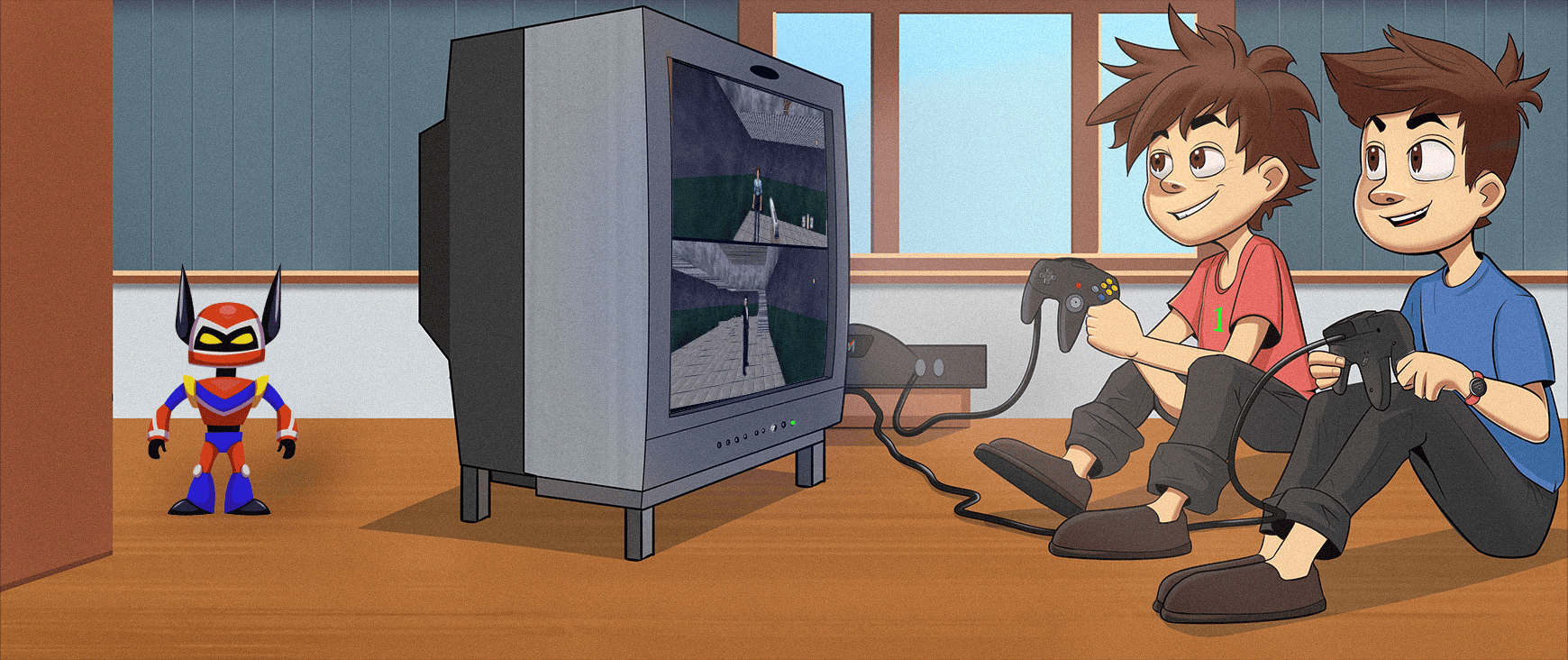
Then your friends show up with their controllers, and it’s time to ditch Link for a little while to play some multiplayer N64 games. Hours pass as 4-player Mario Kart 64 becomes Super Smash Bros., and then Diddy Kong Racing. After the customary ten rounds of 007: Goldeneye, your friends wander off to their sleeping bags for the night, one by one.
And then you’re alone once more.
No sleep for you though, because it’s time to dive back into Ocarina of Time to take another crack at the Water Temple. It’s just you, the two feet of empty space between you and the TV, and your N64 as the early morning sun begins to filter in through a window.
Everything is right in the world.
There’s quite a lot to be said about the generational leap in technology between the SNES and the N64, or even just being a fan of Nintendo and wanting to own a piece of their history. However, it’s days like the one described that make the Nintendo 64 and its games so important to so many people. For them, there hasn’t been a carefree evening of enjoying video games with friends without some kind of responsibility weighing on their minds in quite some time. Perhaps even decades. You can’t put a price tag on the pursuit of that kind of peace, which is why Nintendo 64 games can get so expensive.
It also has some of the best games ever made, but that’s another conversation.
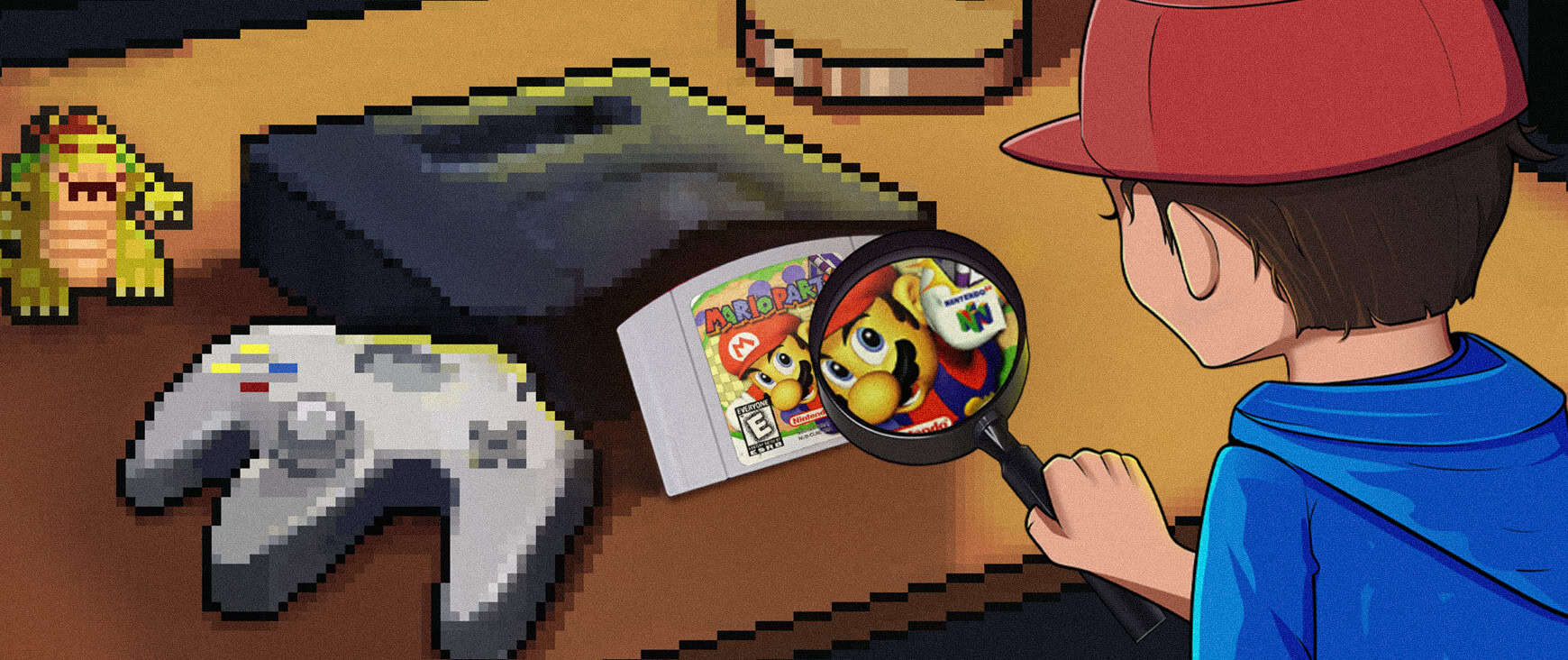
As is the case with any collectible, there are many factors that determine the rarity and value of Nintendo 64 games.
First and foremost are production numbers. Cartridges that were produced in lower numbers are inherently rarer, and therefore more valuable. There is also the matter of “Not for Resale” cartridges to consider, which command a premium over other Nintendo 64 games for being even rarer.
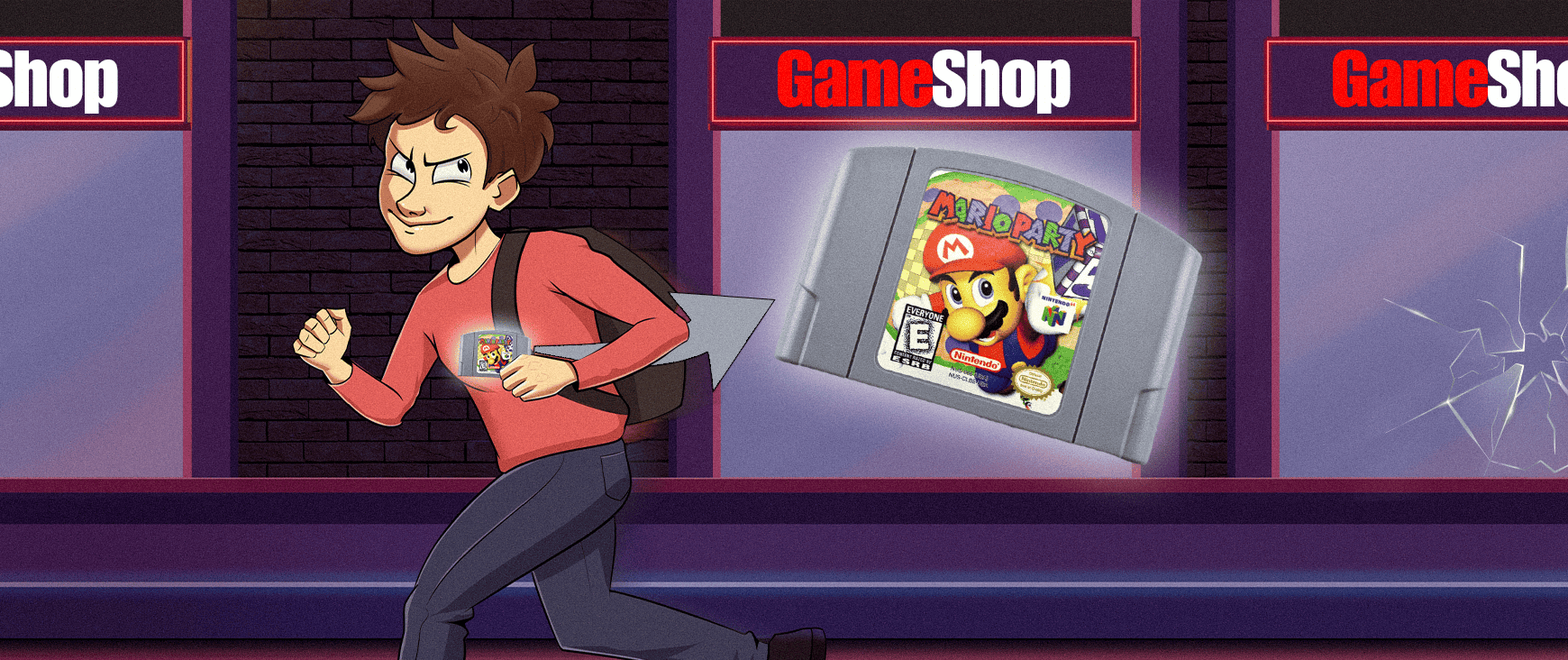
“Not for Resale” carts were delivered to stores for demo purposes, and were intended to be returned or destroyed when their time was done. For that very reason, it’s basically impossible to find the exact number of these copies that were produced. Thankfully, there are plenty of Toys R’ Us and Walmart employees who held onto them rather than putting them in the trash compactor, so those games have entered circulation along with any exclusive demo content they contain. Buying one of those cartridges means you have something that isn’t even supposed to exist, and who doesn’t love that?

Aside from production numbers, demand also plays a significant part in its value. More popular games are sought out by more people, which causes the price to go up. You know, Economics 101.
The completeness and condition of an N64 game can drive up its value too. Opened N64 games that are well taken care of and include their original packaging and manuals (CIB, or Complete In Box) are what most collectors are after, while unopened, new-in-box packages can demand exorbitant prices.
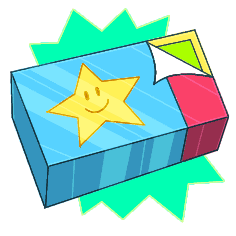
Fact
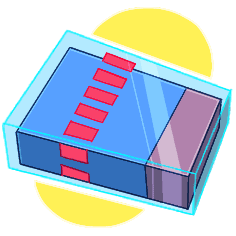
In North America, N64 games came sealed in thin shrinkwrap. Other markets such as Europe and Canada received their N64 games sealed from the factory in cellophane, complete with a pull tab that said "Nintendo". For this reason, it can be tricky to determine a "brand-new" copy from one that is CIB due to the easy access to shrinkwrapping equipment in most places.
However, even if you have a cartridge on its own without its box or manual, it very well may be worth something if it’s in good condition. Don’t throw them away just yet!
If you have some Nintendo 64 cartridges that need some love to look and perform their best, check out our guide dedicated to cleaning and restoring N64 games. Video game preservation is an important but often overlooked endeavor, and it can be as simple as hitting your cartridge contacts with some compressed air (not blowing on it with your mouth!).
Note: the following section contains price information from PriceCharting.com, which tracks the prices for these games based on eBay auctions as well as fluctuations in its own marketplace. The values of these cartridges update daily, and these numbers should only be used as a rough estimate of their worth in 2024.
The information here is current as of April 2024, and the sources are linked so you can check for the most current numbers.
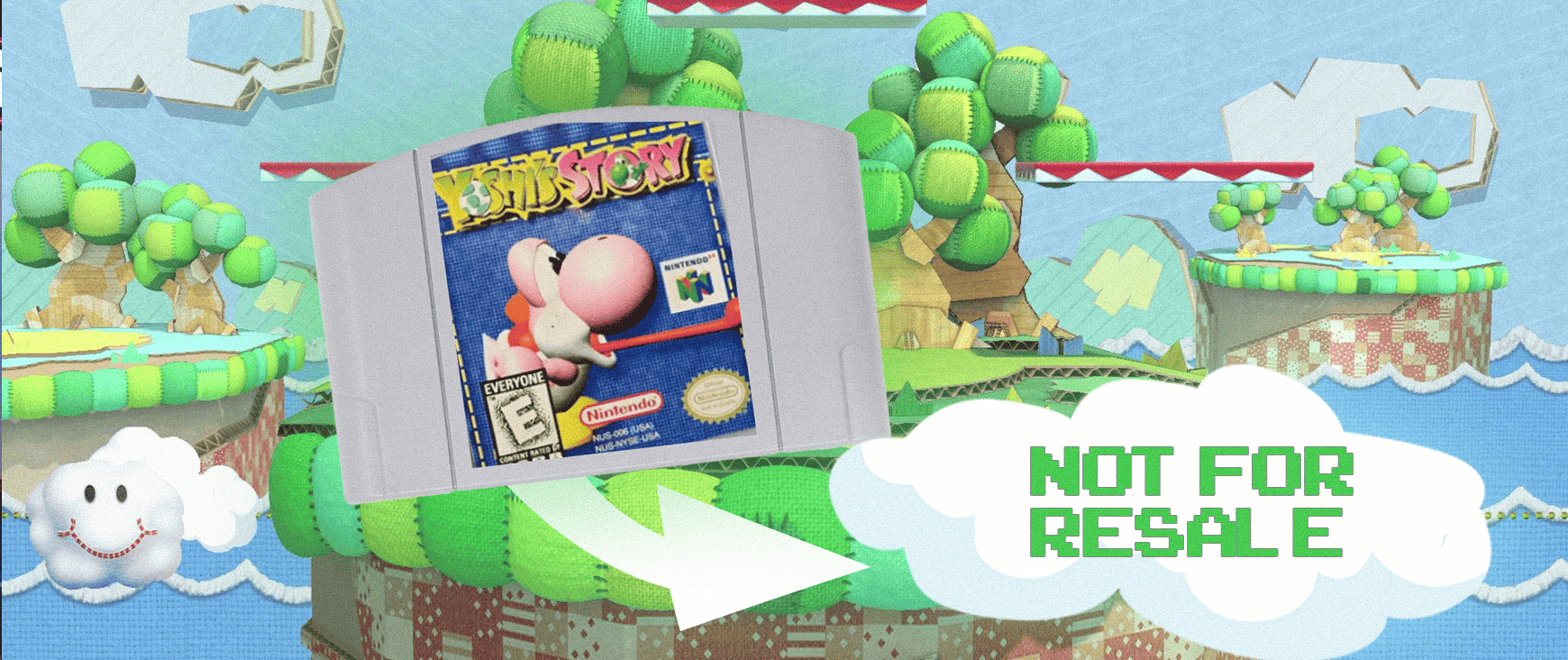
First up, we have one of the infamous “Not for Resale” cartridges, Yoshi’s Story. Specifically, the “International Version” – which has quite a few quirks that make it so sought after. Not the least of which is its low production numbers.
This particular cartridge uses unique art on its label that is different from every other version of the video game in addition to having the “Not for Resale” text emblazoned on its face. Despite being developed for and distributed in North America for various retail chains, Yoshi’s Story: International Version has in-game text that is exclusively Japanese. Curiously, it does run on American Nintendo 64 consoles. So if you have the cash to pick up this rare cartridge when it pops up, you can enjoy it for yourself!
Yoshi’s Story sold 2.85 million copies worldwide.
Cartridge: $21.45
Complete Package: $107.69
Brand-New: $791.57
Cartridge: $1,869.73
This same “Not for Resale” cartridge sold for $2,325 in June 2023
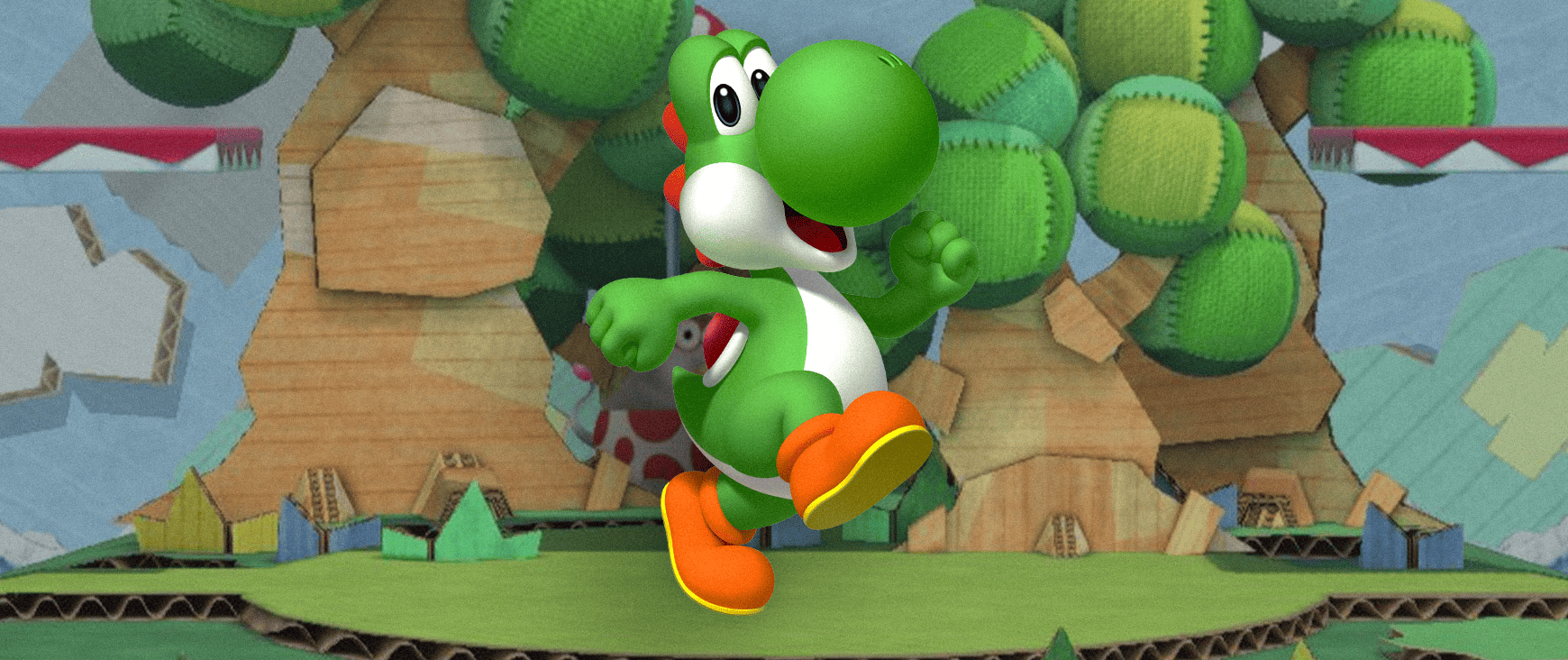
Yoshi’s Story was released in Japan in December 1997, and in North America and Europe a few months later in March 1998. It was developed by Nintendo’s Entertainment Analysis and Development Division and is notable for being the first Yoshi platforming video game without Shigeru Miyamoto’s direct involvement (though he did contribute his ideas for the game’s design). A Nintendo game without Shiggy’s touch is a very rare occurrence, even now.
Yoshi’s Story is also the first Yoshi game that doesn’t feature either Mario or Luigi in any form outside of a brief mention, making it unique among Nintendo games associated with the Super Mario Bros. It received mixed reviews upon its release for being overly easy and simplistic, although other aspects of its presentation were praised including its art style, graphics, and audio.
The game was made available on the Wii U eShop in 2016.
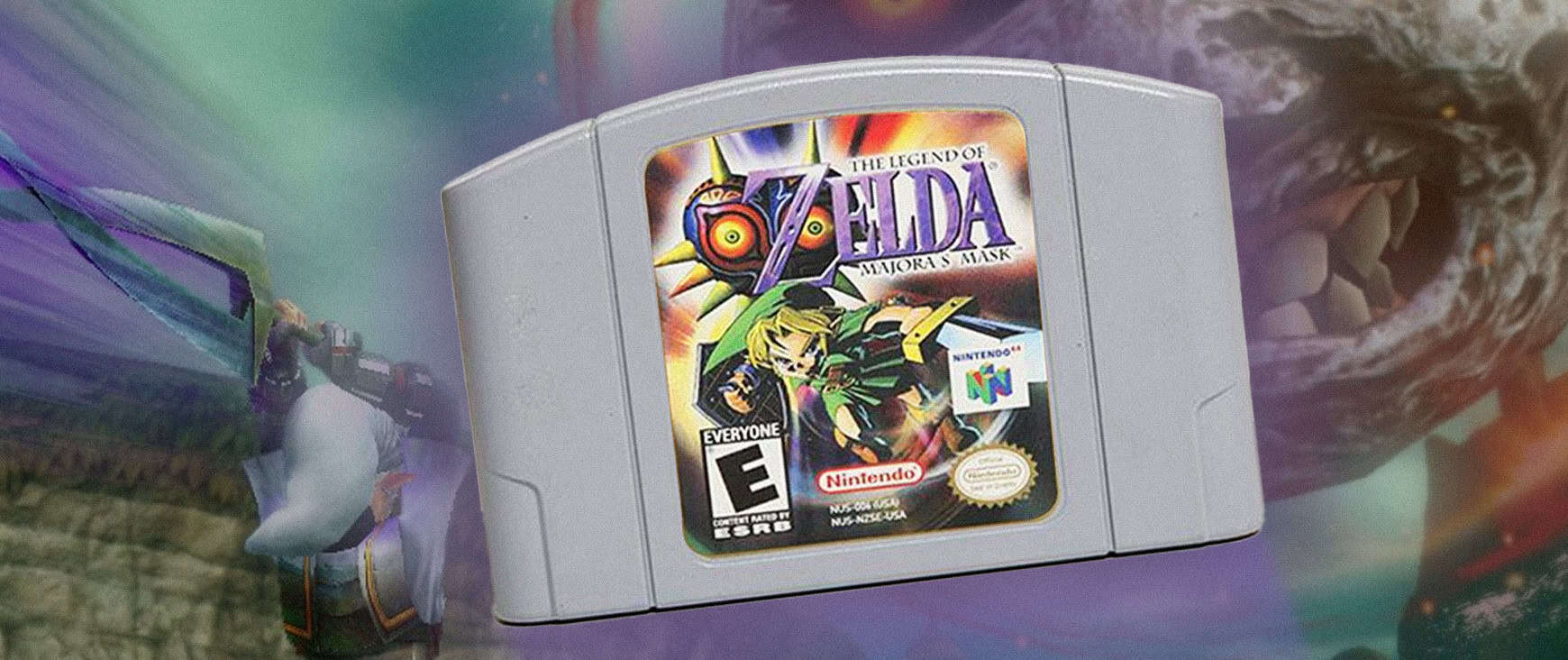
The Legend of Zelda: Majora’s Mask is an interesting case. There is of course the gold “Collector’s Edition” cartridge with the holographic label (which is quite rare) and the standard cartridge which was gold with a non-holographic label.
However, we aren’t interested in those.
No, this entry is for the ultra-rare “Not for Resale” cartridge, which has been seen in both gold and grey – though the grey cartridges are believed to be refurbished. While the Standard Edition cartridge has a loose cartridge price of $49.67, the “Not for Resale” price will probably blow your hair back…
Majora’s Mask sold 3.36 million copies worldwide.
Cartridge: $55.92
Complete Package: $179.42
Brand-New: $795.27
Cartridge: $62.75
Complete Package: $180.75
Brand-New: $551.25
Cartridge: $6,995.63
This same cartridge “Not for Resale” sold for $9,000 in October 2021 and $7,200 in November 2022.
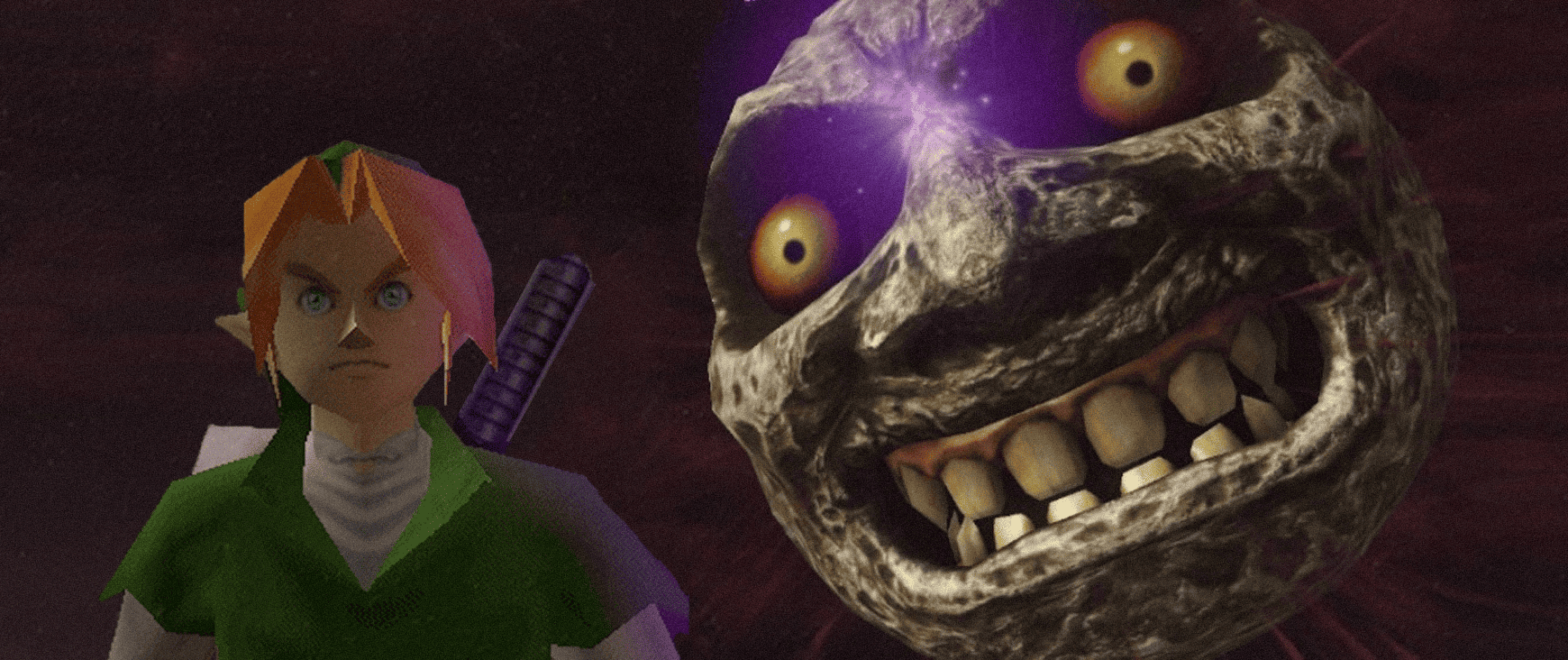
This intense Zelda sequel was developed and published by Nintendo like the first game, but it’s the finer details of its development where the real magic lies.
Its predecessor, Ocarina of Time, took four years to complete its development from start to finish and was released in November 1998. The sequel began its development just two months later in January 1999, and was completed for its Japanese release in April 2000. That’s just 15 months of active development!
They were able to achieve this impressive feat by reusing many of the assets from Ocarina of Time and spinning them to fit the new, dark, exciting narrative of its follow-up Nintendo game. The sequel game managed to only sell about half as well as Ocarina of Time, but it also took about 1/5th of the time to develop. That means it still comes out on top in our book. Also, the Moon’s face still haunts us over twenty years later, so there’s that.
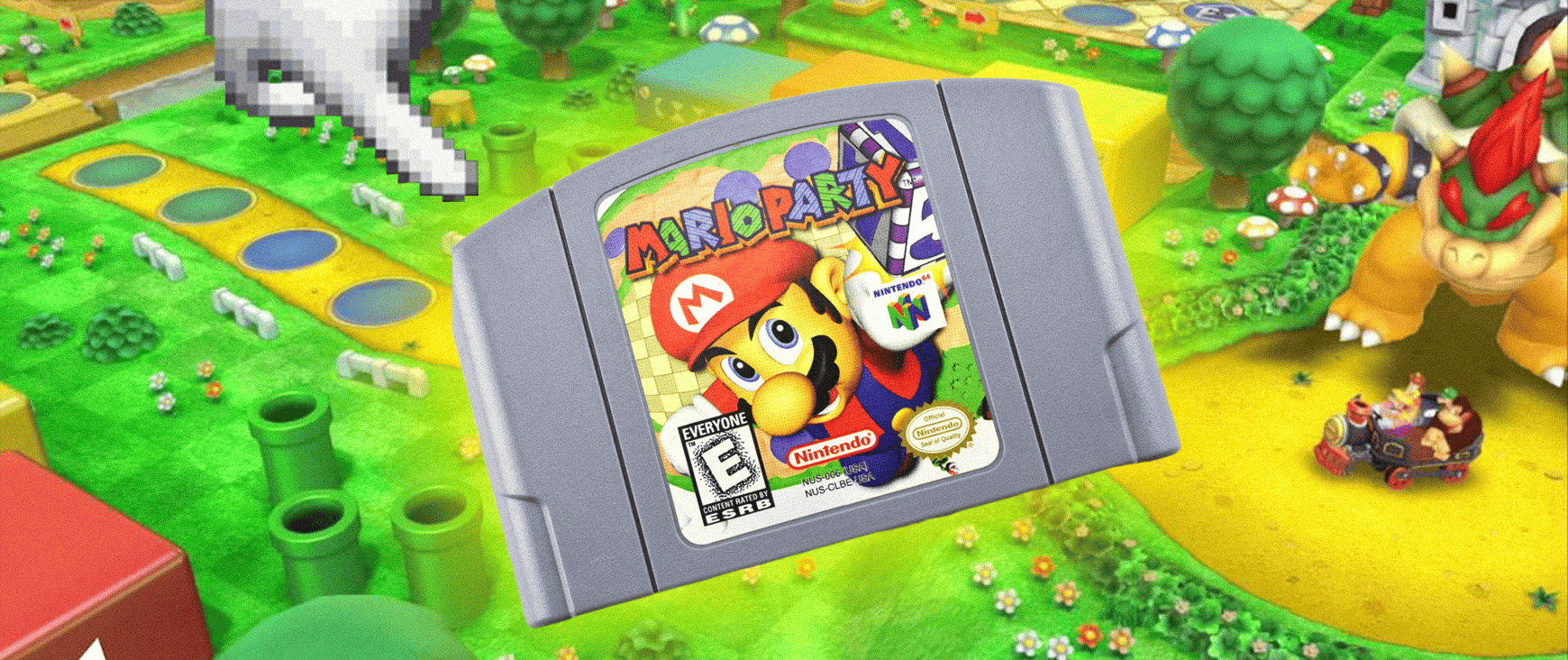
Mario Party began its long and hallowed history on the Nintendo 64, releasing three games between 1998 and 2000. The series’ ongoing success makes the older games sought after just to experience the beginning of it all, but that doesn’t tell the whole story when it comes to the current going price for these games.
Going by eBay auctions of the original three N64 games, it would appear the most valuable cartridge is Mario Party 3, but there are also “Not for Resale” versions of all three games. That makes things more interesting given their inherently rare nature. As it turns out, it’s actually the “Not for Resale” game cartridge of the original video game from 1998 that commands the highest price of them all.
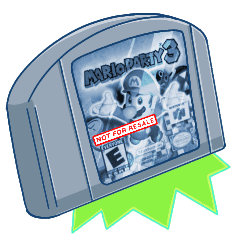
Fact
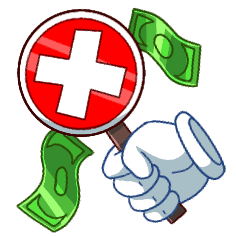
The “Not for Resale” Mario Party cartridge has its designation on a sticker plastered on the back plastic, and is one of only a handful of games to feature this rather than the notice printed on the front label.
Mario Party sold 2.7 million copies worldwide.
Cartridge: $34.99
Complete Package: $116.96
Brand-New: $341.50
Cartridge: $397
This same cartridge sold at auction for $787 in May 2022 and $600 in June 2023.
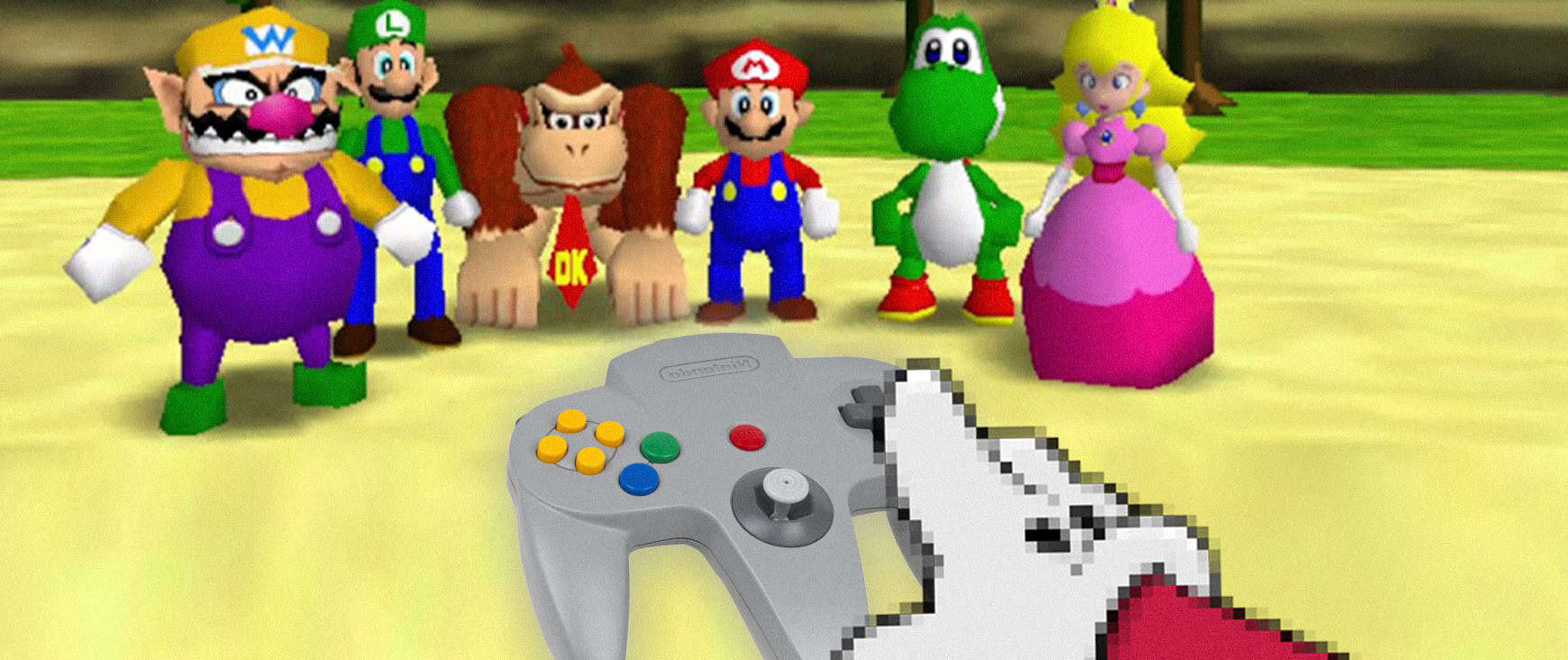
Mario Party was released in Japan in December 1998, and in the US in February 1999. It presented a completely different style of Mario game than what fans were used to, allowing them to pick one of their favorite characters and compete head-to-head in minigames rather than the platforming that had become commonplace by that time in the Super Mario World games, or even the high-speed races of Mario Kart.
This first particular game was developed by Hudson Soft, the creator of the Bomberman series. However, there is a portion of players who don’t remember Mario Party for Hudson’s hard work.
They remember it for the horrible hand blisters they got as a result of playing the game.
There are certain minigames such as ‘Tug O’ War’ that require you to rotate the analog stick as fast as you can to win. Players discovered that the only way to get enough speed was to use the palm of their hand to spin the analog stick, which resulted in hand injuries and blisters.
A lawsuit was filed, and Nintendo had to provide gloves for the injured parties. A cost that is estimated to be around $80 million.
Tug O’ War returned in 2021’s Mario Party Superstars with no changes to the gameplay, although it did include a health and safety warning regarding the use of your palms. This isn’t the only Nintendo game that will destroy your hands, but it is the most fun.
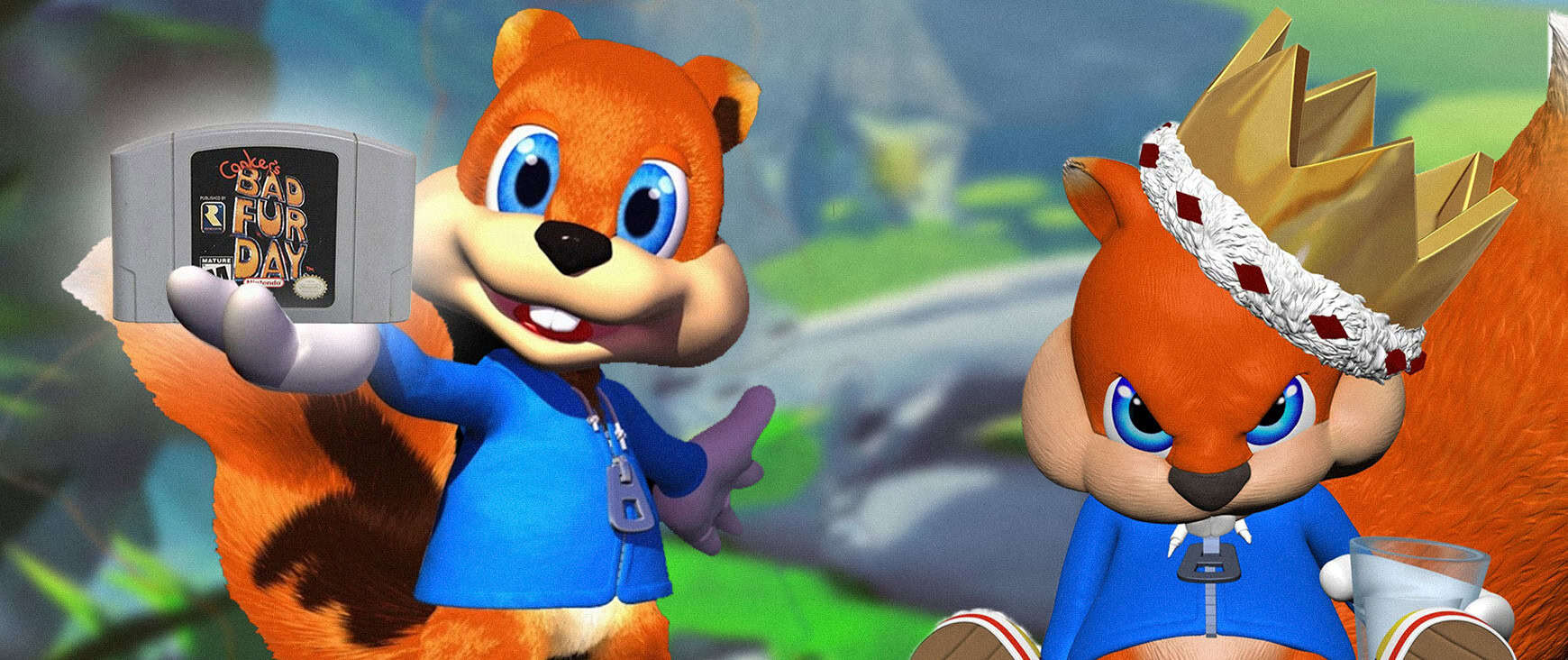
Hm, where to begin with Conker…
Well, even if you’ve never played it, Conker’s Bad Fur Day is a pillar of video game history. At the very least, you’ve probably heard about its epic misdirection and parent-fooling appearance. I mean, what other game has a cute squirrel that just happens to be drunk, sentient fecal matter, or a sunflower with…large… boobs? There’s just no way around it.
While Bad Fur Day’s cult status and approach to humor make it popular among collectors, there’s a much bigger factor that makes the title one of the most expensive Nintendo 64 cartridges on the market.
It only sold 55,000 copies in North America.
The low sales have been attributed to the game releasing at the end of the Nintendo 64’s life cycle, just 7 months before the launch of the Gamecube.
On top of that, it was released on 64MB cartridges, which was the largest storage capacity ever produced for the Nintendo 64. The only two other games to use this much space were Resident Evil 2 and Pokémon Stadium 2, which puts Bad Fur Day in a pretty exclusive club and makes it extremely Rare. Get it?
Conker’s Bad Fur Day sold 770,000 copies worldwide.
Cartridge: $115.86
Complete Package: $249.13
Brand-New: $530.19
A sealed copy of Conker’s Bad Fur Day sold for $2,499.95 in January 2024.
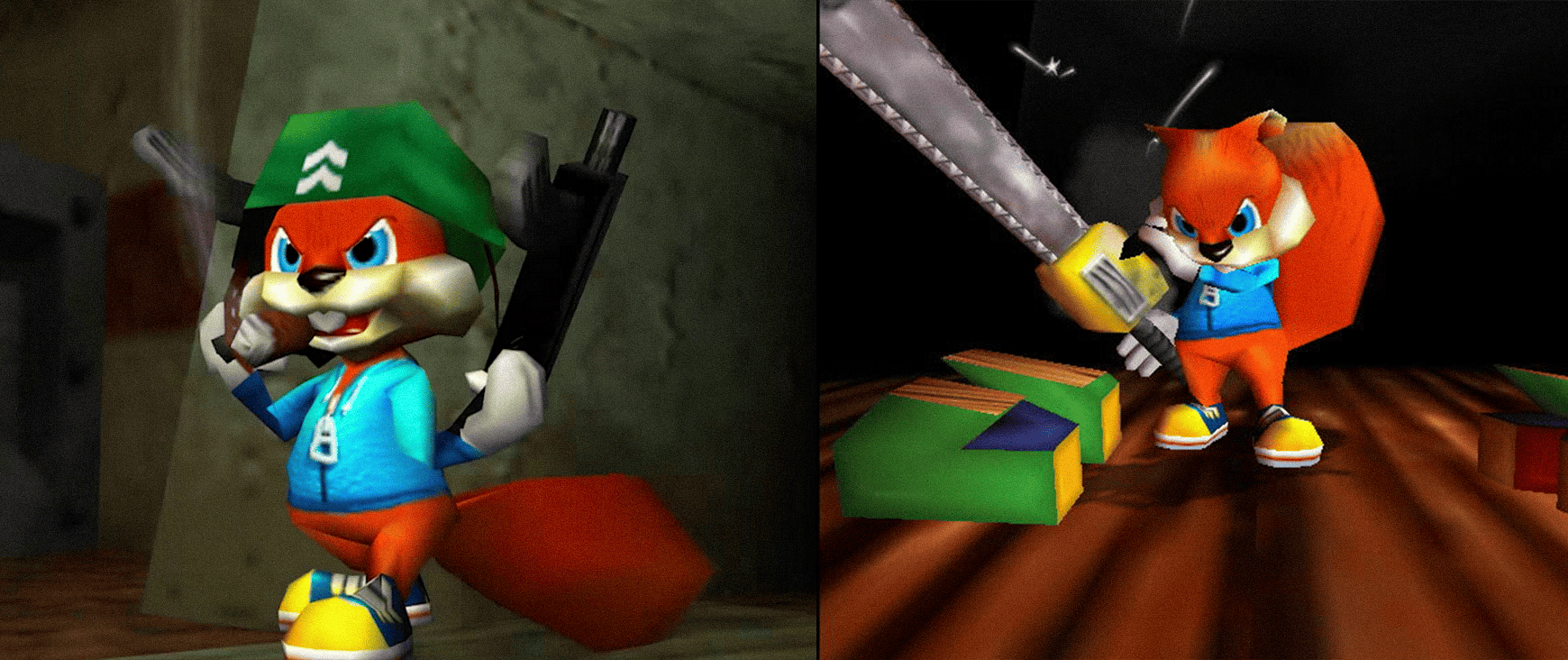
Believe it or not, Conker’s Bad Fur Day wasn’t always planned to be the M-rated escapade it released as.
In fact, prior to the game’s March 2001 release, there was another Conker game: Conker’s Pocket Tales on the Game Boy Color. That game was rated E for Everyone and established Conker as a fluffy, family-friendly mascot character more in line with what Rare was known for with games like Banjo Kazooie, Donkey Kong Country, and Diddy Kong Racing.
Early builds of Bad Fur Day carried the same family friendliness, but leadership at Rare was worried yet another cute and colorful platformer wouldn’t sell as well as they needed it to. That’s when the direction change to mature, over-the-top humor came into play under the direction of Chris Seavor.
So thank you, Chris. For making a one-of-a-kind game, and for directly contributing to the creation of the “Great Mighty Poo” song. Conker wouldn’t have been nearly as memorable if it was originally released as intended.
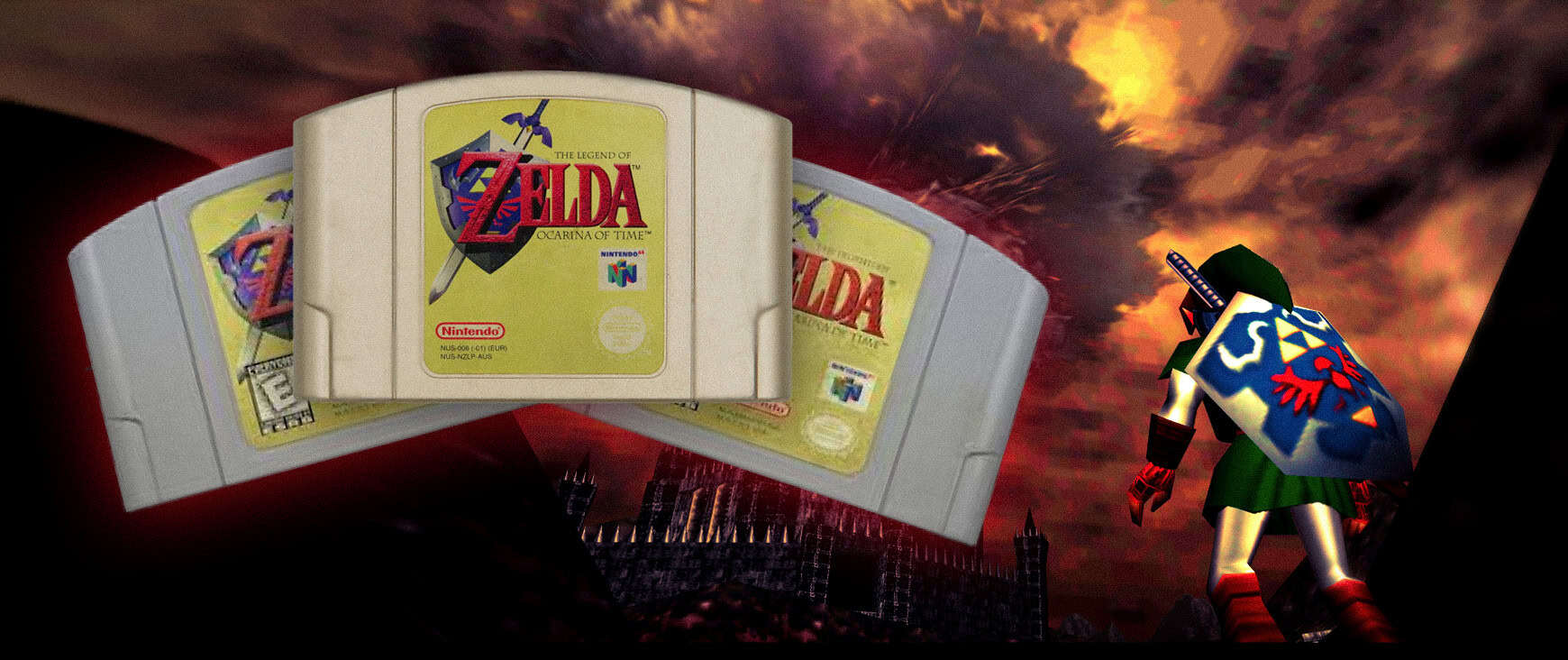
For a large number of people who grew up in the 90s, The Legend of Zelda: Ocarina of Time was (and maybe still is) the peak of video game entertainment.
The Legend of Zelda series was already a cornerstone IP for Nintendo, but Ocarina of Time literally changed the game in more ways than one. It seems they know what they had on their hands because there were multiple versions of the game released over the course of its lifetime.
At launch, there were standard grey cartridges and “Collector’s Edition” packages that came with gold-colored cartridges. Additionally, several different versions of the game were printed on grey cartridges, which contained glitch fixes and minor changes to the game, such as re-coloring Ganondorf’s blood from red to green. The later, fixed loose cartridges have become much more common, so the original prints are highly sought after and can get quite expensive.
There is also a “Not for Resale” cartridge that I will include for reference.
Ocarina of Time sold 7.6 million copies.
Cartridge: $35.10
Full Package: $113.35
Brand-New: $450.45
Cartridge: $79.99
Full Package: $270.71
Brand-New: $1,271.43
Cartridge: $465.02
This same “Not for Resale” cartridge sold at auction for $1,850 in May 2023, though the auction page couldn’t be found to verify the sale.
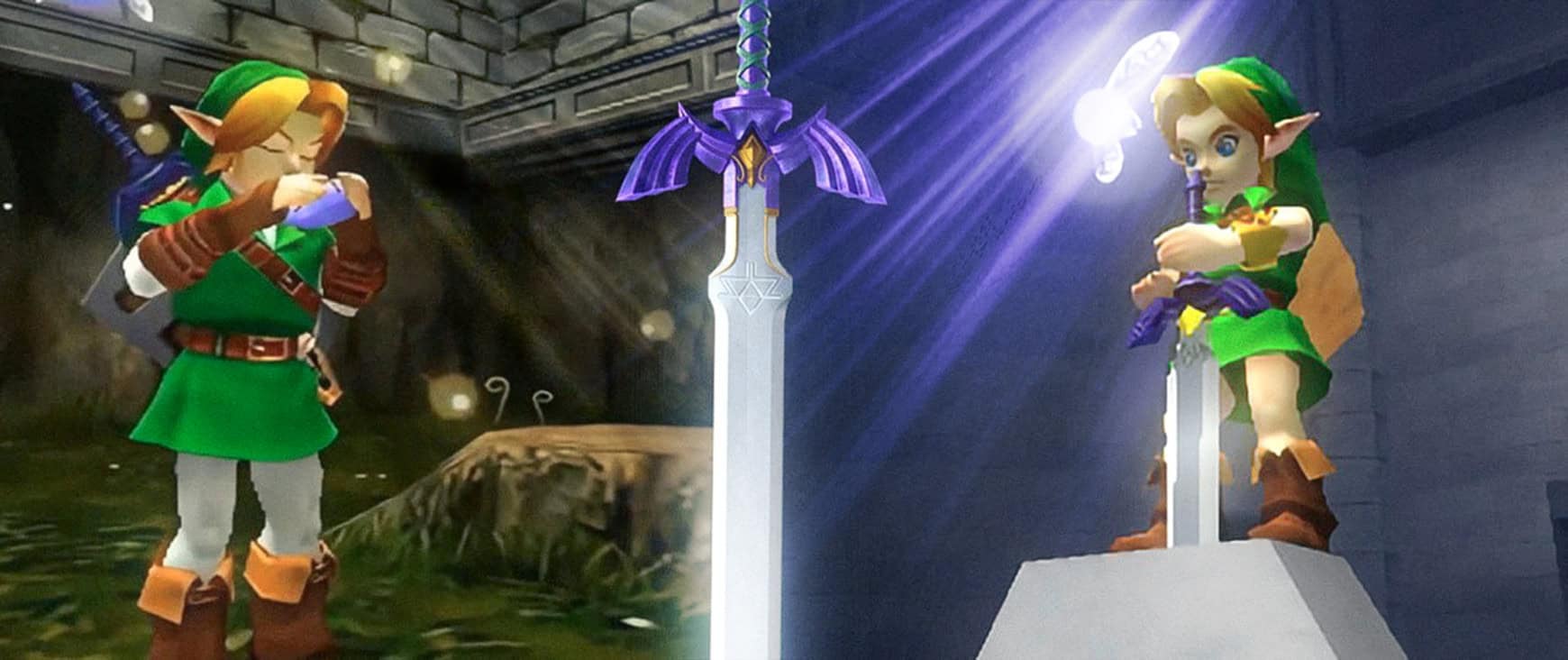
The Legend of Zelda: Ocarina of Time was released in November 1998 in Japan and North America, and December 1998 in other territories.
This game came at a critical time in Nintendo’s history. Their first-party output was considered to be underwhelming, so they had a lot riding on Ocarina of Time. It was the first Zelda game in 5 years and the first Zelda game to feature 3D graphics and a huge open world. Nintendo reportedly spent $10 million on marketing for the game, which is not a small sum by any definition. If Ocarina had been released and wasn’t a highly acclaimed game, Nintendo probably would have been in some trouble.
Thankfully, the rest is history, and The Legend of Zelda: Ocarina of Time is now known for blowing the doors off of the gaming industry. With lush 3D graphics, the introduction of Z-targeting, and an epic storyline, Ocarina really did set the bar for AAA gaming projects for decades.
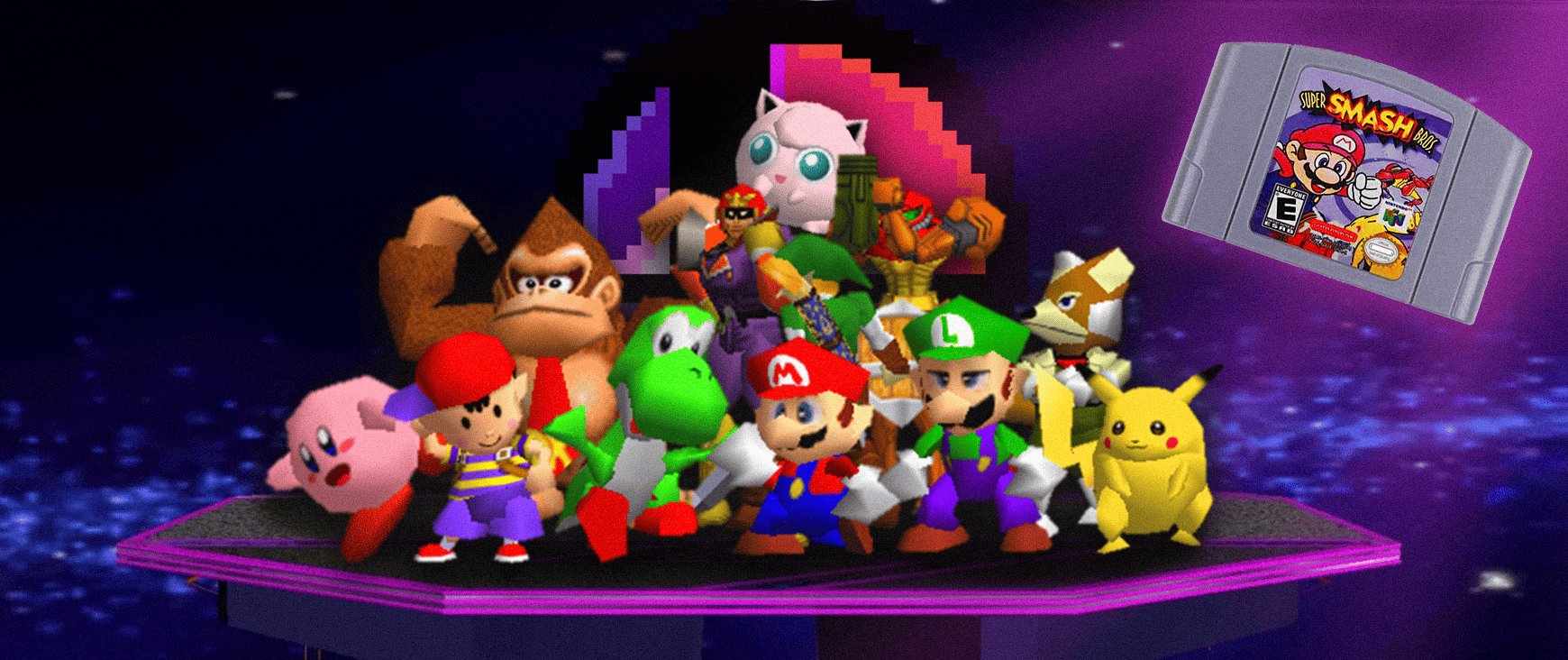
Super Smash Bros. as a series has been nothing short of a cultural phenomenon.
Masahiro Sakurai’s quest to change the fighting game as we know it began with the original Super Smash Bros. on the Nintendo 64, which was a spinoff of the Super Mario Bros. games and an unmitigated success. Its North American release sold nearly 3 million copies in its first two years, and was widely beloved by critics.
That success earned it the “Player’s Choice” designation by Nintendo, which was printed on boxed copies produced after a certain date. Loose copies of this version of Super Smash Bros. can be pretty valuable if you somehow have a new-in-box copy, but the value of the original cartridge of Smash has gotten pretty outrageous on eBay.
Super Smash Bros. sold 5.55 million copies worldwide.
Cartridge: $40.15
Full Package: $133.25
Brand-New: $1,500.00
New, sealed copies of Super Smash Bros. have sold for as much as $240,000 as recently as 2022. Here’s proof.
Cartridge: $46.15
Full Package: $141.02
Brand-New: $437.00
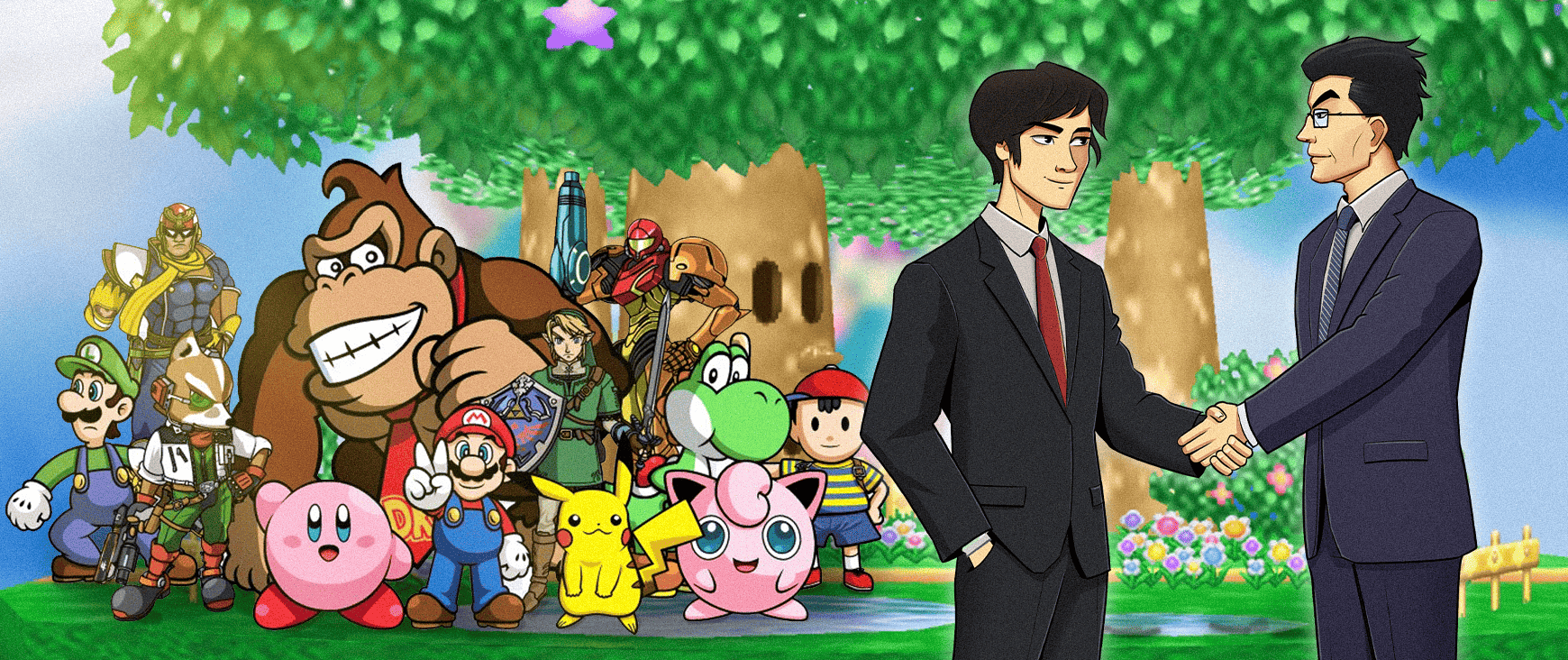
The Original Super Smash Bros. was released in January 1999, and was developed by HAL Laboratory. Its development began as a prototype called Dragon King: The Fighting Game with Sakurai and Satoru Iwata working on the project in their free time. Sakurai came up with the idea to feature Nintendo characters from different properties, which Nintendo approved, though they didn’t expect much from the game.
Needless to say, Super Smash Bros. surpassed everyone’s expectations and continues to be a strong performer as far as Nintendo games go. The latest release, Super Smash Bros. Ultimate, has sold right around 30 million copies.
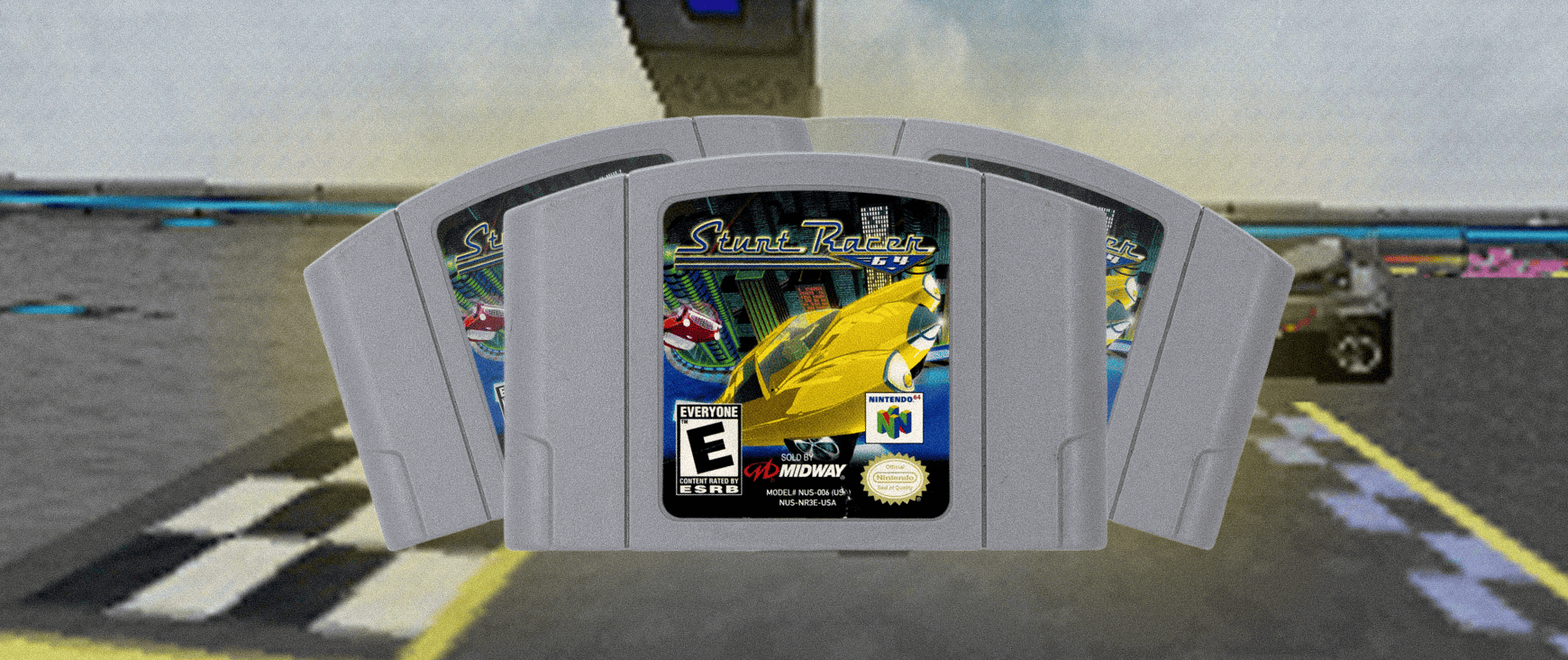
When it comes to exclusivity and limited runs, it’s pretty tough to beat Stunt Racer 64.
In order to even have a chance of playing the game, you had to waltz on down to your local Blockbuster Video (a relic of ancient times) and hope they had a copy in stock. You see, Stunt Racer 64 was available ONLY as a rental and was a Blockbuster exclusive to boot. That means its reach was already pretty limited, so most people were perfectly happy with their copy of Mario Kart for getting their fix of kart racing games. When the Nintendo 64 and its games started disappearing to make way for the Gamecube, this game began accruing some serious value.
As you can imagine, the compounding effects of more than twenty years passing and the deep pockets of collectors have made Stunt Racer 64 one of the most expensive N64 games to acquire, and one of the rarest games of all time.
It’s unknown how many copies of Stunt Racer 64 exist.
Cartridge: $252.54
Full Package: $2,311.29
Brand-New: $7,165.00
A sealed, professionally graded copy of Stunt Racer 64 sold for $13,800 at Heritage Auctions in August 2022 (Source).
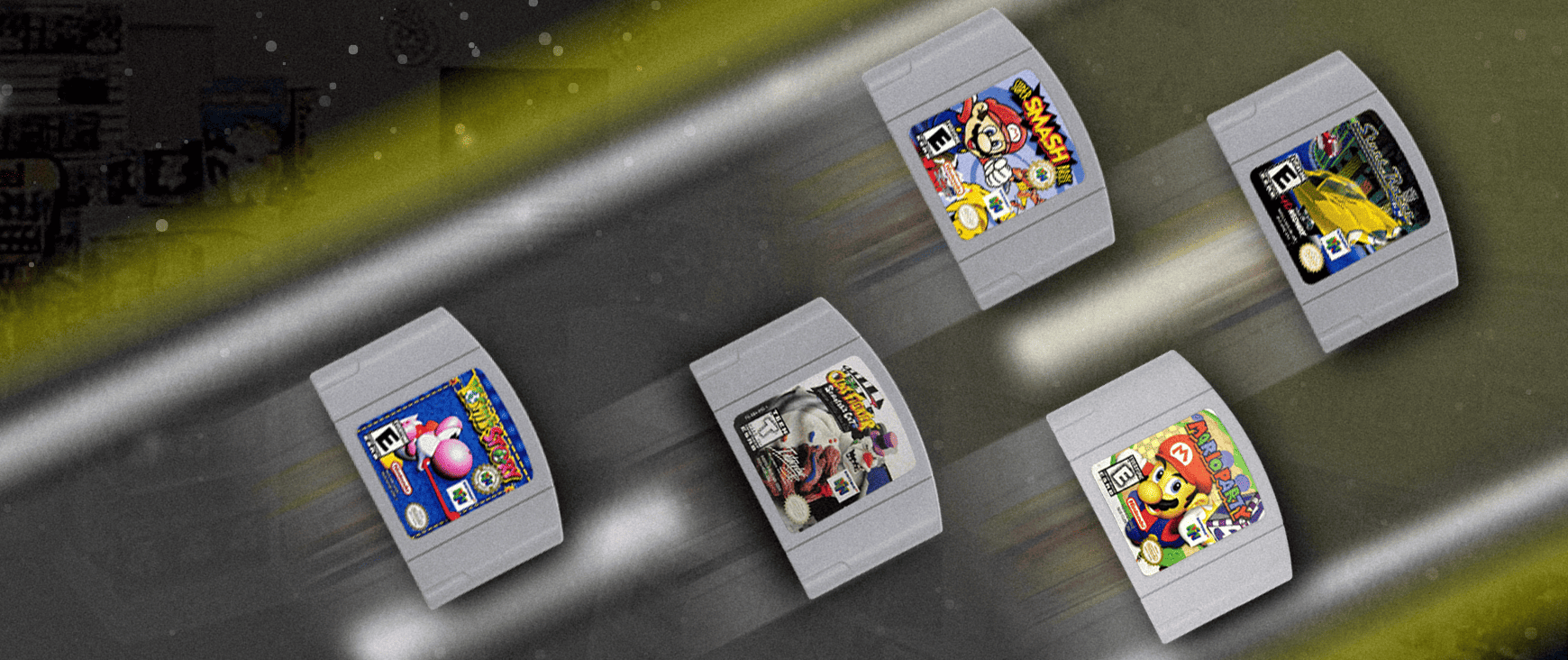
Stunt Racer 64 was released in October 2000 and was developed by Boss Game Studios, a game maker known for its work on high-quality racing games. Boss Games had just released World Driver Championship on the Nintendo 64 the year prior, which garnered good reviews but gained a strong following for the game’s graphics and gameplay.
When it was unceremoniously thrown into its “rental only” situation at Blockbuster, many fans assumed that the racing game wouldn’t be a worthy follow-up to World Driver Championship. However, those who made the trek to Blockbuster for the game were delighted to find that the game was in fact very impressive for its time, and plenty of fun to boot.
Its reputation and the circumstances surrounding its release have allowed it to rank high up on the list of Nintendo 64 collector’s item titles.
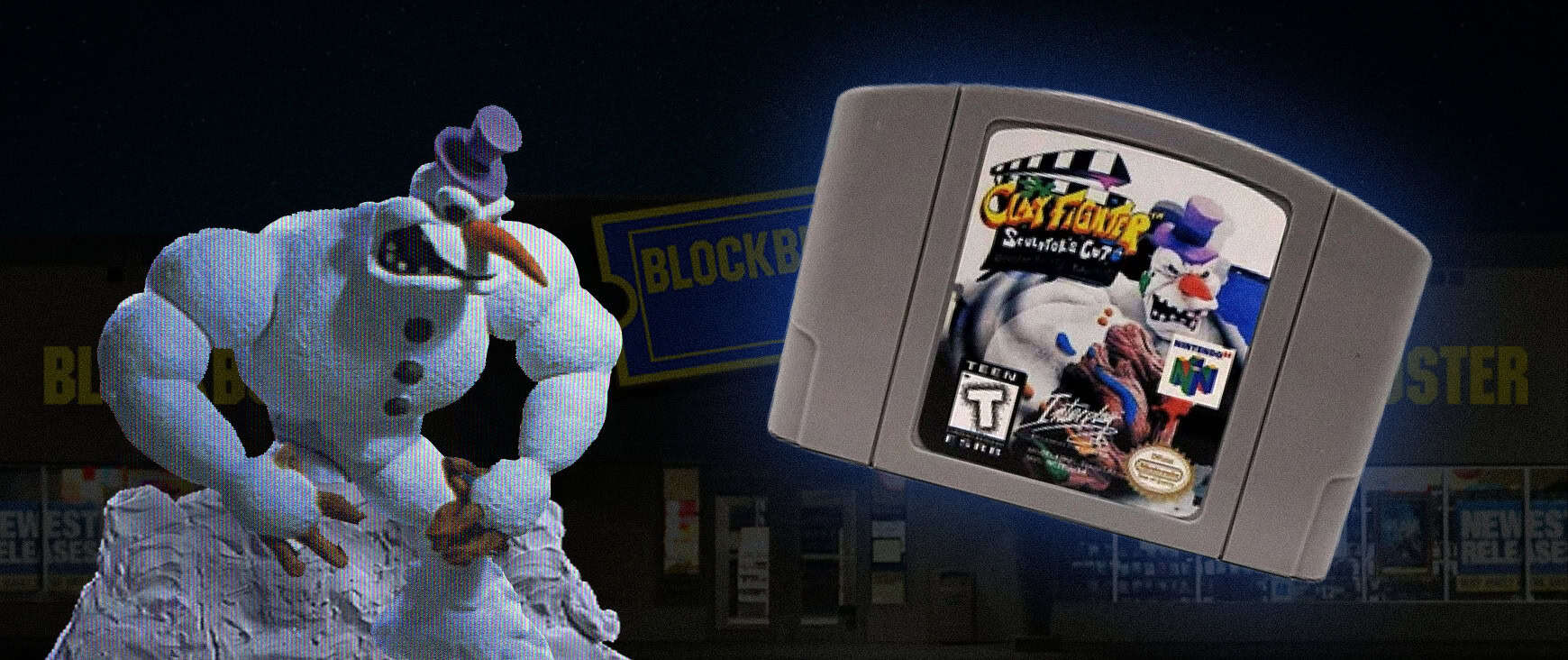
No list of rare and expensive Nintendo 64 games would be complete without ClayFighter: Sculptor’s Cut, a game that has very few copies in circulation.
This title was actually an updated and improved version of ClayFighter 63 ⅓. And, just like Stunt Racer 64, it was released exclusively for rental at Blockbuster stores. Only a few were able to win actual ownership of a copy of the game through an online contest Blockbuster ran in May 1998. If you want to experience a blast from the past or extreme cringe due to what the internet was like in 1998, you can check out the archived contest page here. Those boxers are either dust or completely ruined by now.
Is it a good game? Perfectly reasonable to speculate on. Is it a rare game? Yes, absolutely. Is it one of the most valuable games in the Nintendo 64’s library? I’ll let the numbers speak for themselves.
Only 20,000 copies of ClayFighter: Sculptor’s Cut were ever produced.
Cartridge: $941.25
Complete Package: $7,258.96
Brand-New: $22,503.00
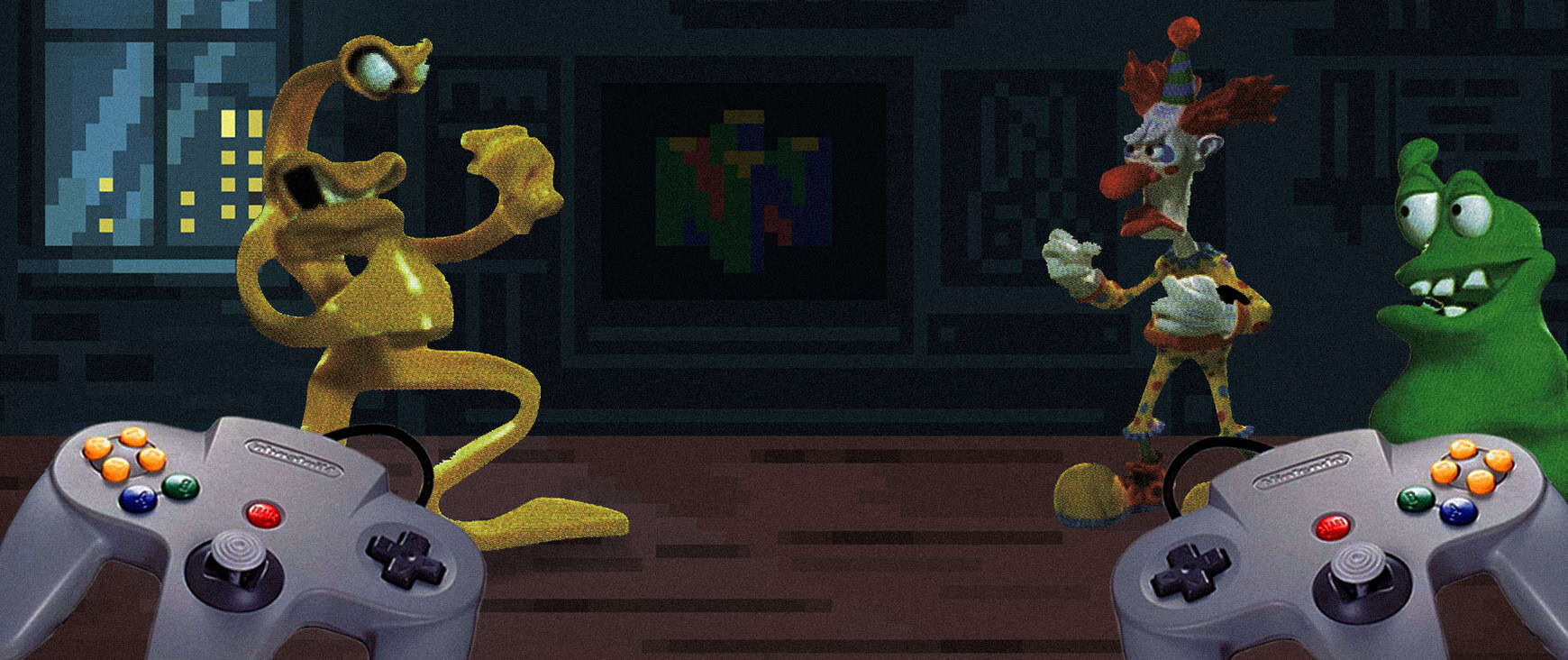
ClayFighter: Sculptor’s Cut is the enhanced version of Clayfighter 63 ⅓, which was developed by Interplay Productions and released in October 1997. The game was… let’s say not well-received. One reviewer said that it “is so terrible it sets the standard for bad”.
However, the “badness” could be attributed to a troubled development. ClayFighter 63 ⅓ released almost a year later than its original release date due to delays and a myriad of development issues. Sculptor’s Cut allowed Interplay to go back and fix many of those issues and improve other aspects of the game while even adding new characters to play with. Unfortunately, its limited availability means that a comparatively small number of players actually got to experience those improvements, which has made it such an obscure game as well as a very expensive, very valuable game.
Fun Fact: While Clayfighter is the most expensive game on this list, it’s not the most expensive n64 game that has ever been sold. That title goes to the sealed copy of Super Mario 64 that sold for $1.56 million back in 2021. (Source)
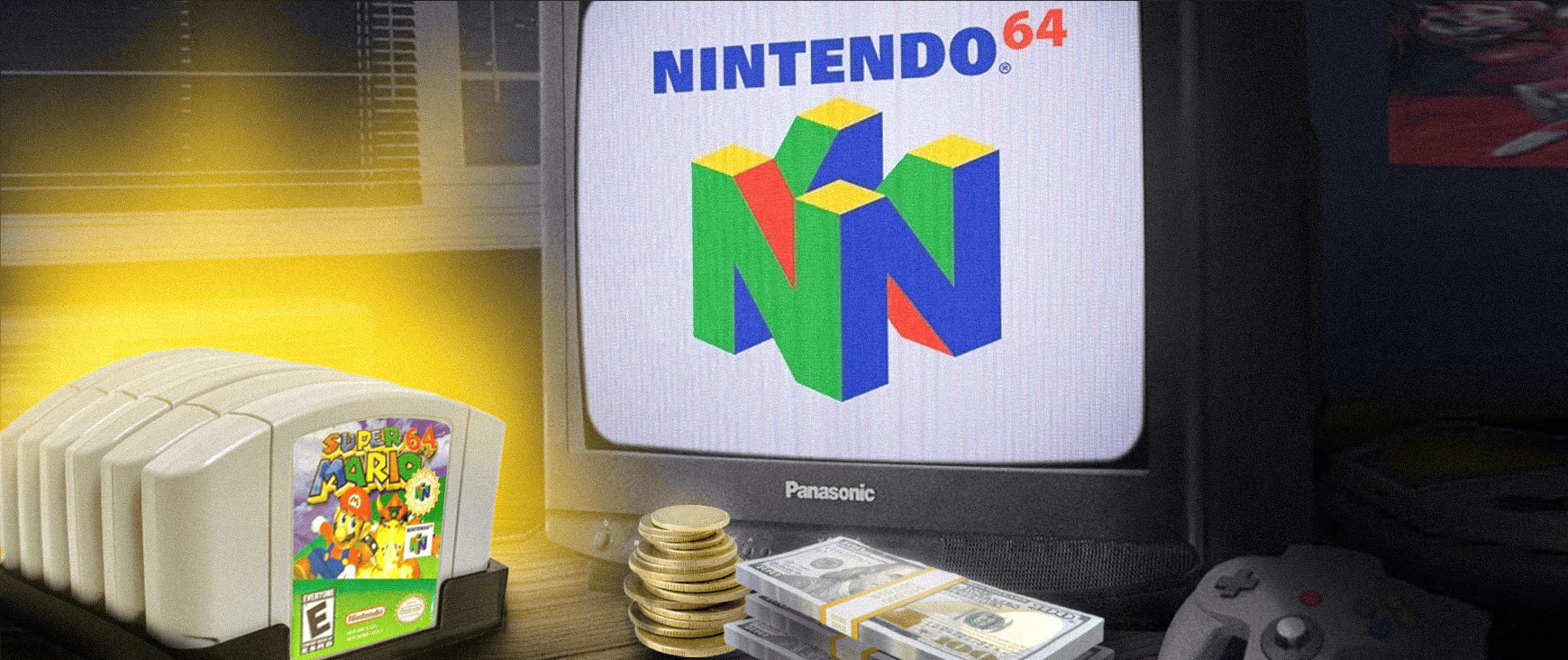
While Nintendo and the rest of the video game industry have moved on from the Nintendo 64, there are people out there who continue to treasure this console and its games. It’s great to see a wholehearted attempt at keeping a dream alive, even if it involves the exchange of incredibly large sums of money. We aren’t about to drop $1,000 on a Nintendo game we played over 20 years ago, and maybe you aren’t either. But they’re still out there somewhere providing happiness and joy, and that’s enough to make us smile as we reminisce about the good old days in front of that old CRT.
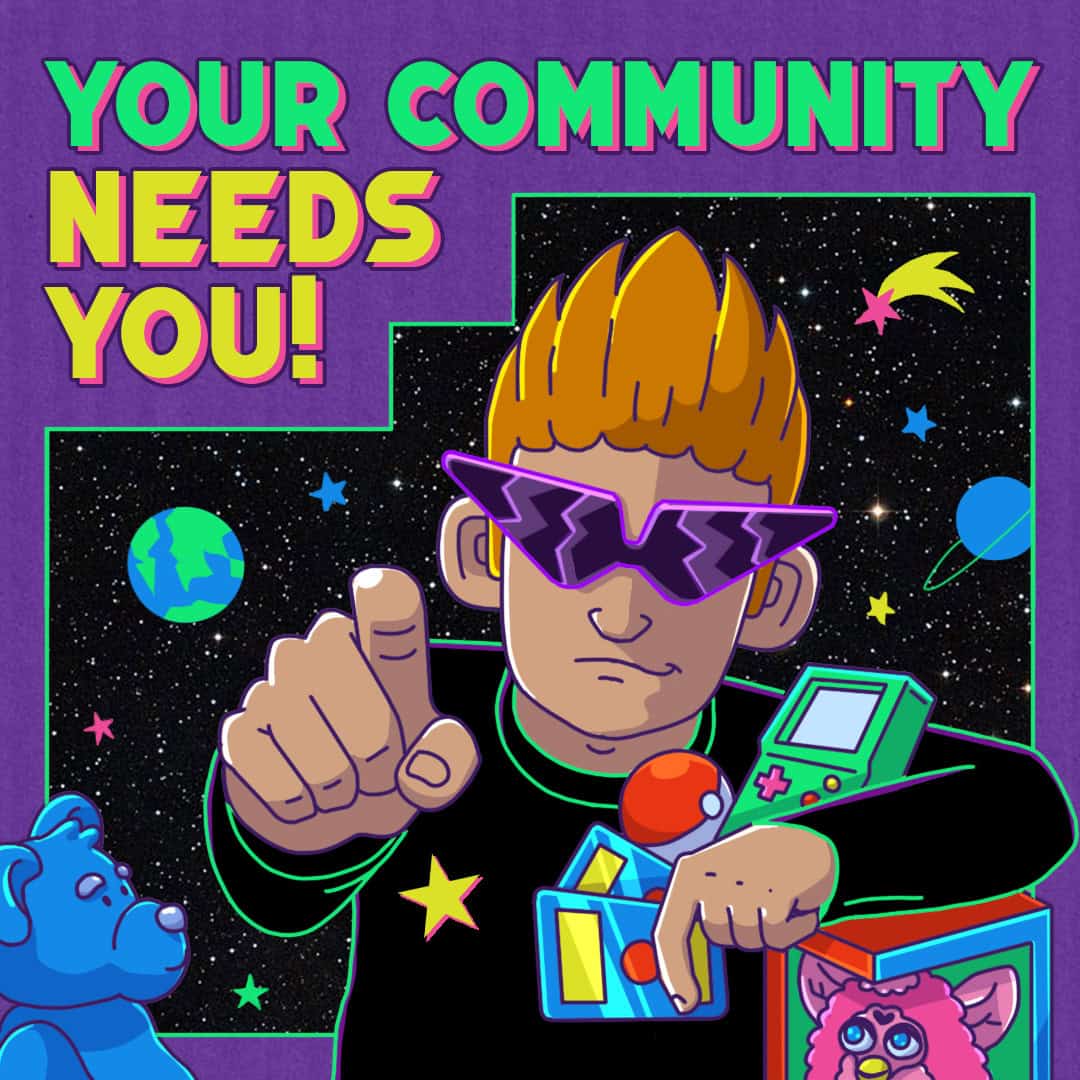
Mike is a video game enthusiast, a chronicler of the 90s, and a collector of many things. Born in the mid-90s, he was able to catch the wave of some of the best things the decade had to offer, like Power Rangers, Pokémon, Bagel Bites, the list goes on. Despite the amount of time that has passed, he still enjoys many of those things today! If he’s not writing or gaming, he’s probably wondering why Warriors of Virtue didn’t take off the same way Teenage Mutant Ninja Turtles did.
Check it out!

September 3, 2024
The Ultimate Knucklehead’s Guide to GoGo’s Crazy Bones

September 13, 2024
8 Game Consoles of the 90s That Defined the Decade

February 28, 2025
The Ultimate Guide to Cleaning Your Dusty N64 Cartridges